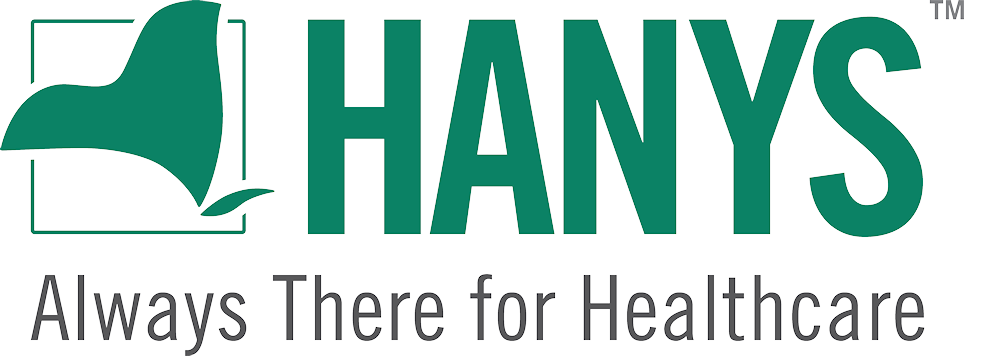Statewide Report
New York’s Hospitals and Health Systems Improve the Economy and Community
Hospitals and health systems across New York play a vital role in improving their communities and local economies. They provide medical, behavioral health and emergency services 24/7; make substantial investments in their communities through job creation, tax revenue and a multitude of community health improvement initiatives; and are among the largest employers across the state.
HANYS has created a series of analyses to illustrate the impact of hospitals and health systems across the state. Browse our statewide, regional, legislative and hospital- and system-specific reports to see how New York’s hospitals and health systems significantly impact their local economies and benefit their communities.
Economic and Community Benefits
$228,000,000,000
The economic activity generated by hospitals through jobs and the purchase of goods and services makes up 10.3% of the state’s entire gross domestic product.[1]
937,000
Hospitals and health systems are often the largest employers in communities, generate many more jobs and are top 10 private sector employers in every region of New York.[2]
$39,000,000,000
New York hospitals generate significant tax dollars and stimulate the economies of local communities and the whole state.[3]
$61,600,000,000
New York hospitals’ #1 investment is in their people, including direct salary and benefits to their employees.[4]
$18,100,000,000
(20% of total expenses)
Adhering to their charitable mission, hospitals cover the cost of care provided to people in need; subsidize care and services to low-income, elderly and under-served communities; and continuously invest in many community health initiatives.[5]
Patients Served
provided care
54,900,000
emergency room
8,100,000
to hospitals
2,200,000
delivered
203,000
Hospitals serve patients in their communities 24/7, 365 days a year.[4]
Patients covered by Medicare and Medicaid
In New York, Medicare and Medicaid patients make up:
- 72% of all people admitted to hospitals
- 63% of all outpatients provided care
53% of hospital patient service revenue in New York comes from Medicare and Medicaid. This is a result of the large volume of services being reimbursed by Medicare and Medicaid, which do not cover the cost of care, driving significant underpayment from these public insurance programs.[4]
Data sources:
- [1] Data are mainly from 2023 New York state hospital cost reports and the 2022 RIMS II multipliers. The New York State GDP is from the Bureau of Economic Analysis.
- [2] Data are mainly from 2023 New York state hospital cost reports and the 2022 RIMS II multipliers. Private sector employment information is from the NYS DOL.
- [3] Data are mainly from 2023 New York state hospital cost reports and state/federal tax tables.
- [4] Data are mainly from 2023 New York state hospital cost reports.
- [5] Data are from 2022 IRS form 990 Schedule H, reported by hospitals. This figure does not include the billions more in community benefit provided by New York’s 21 public hospitals, which are exempt from this IRS reporting.
The data and reports shared on this website were last updated in December 2024; they are updated on an annual basis.

